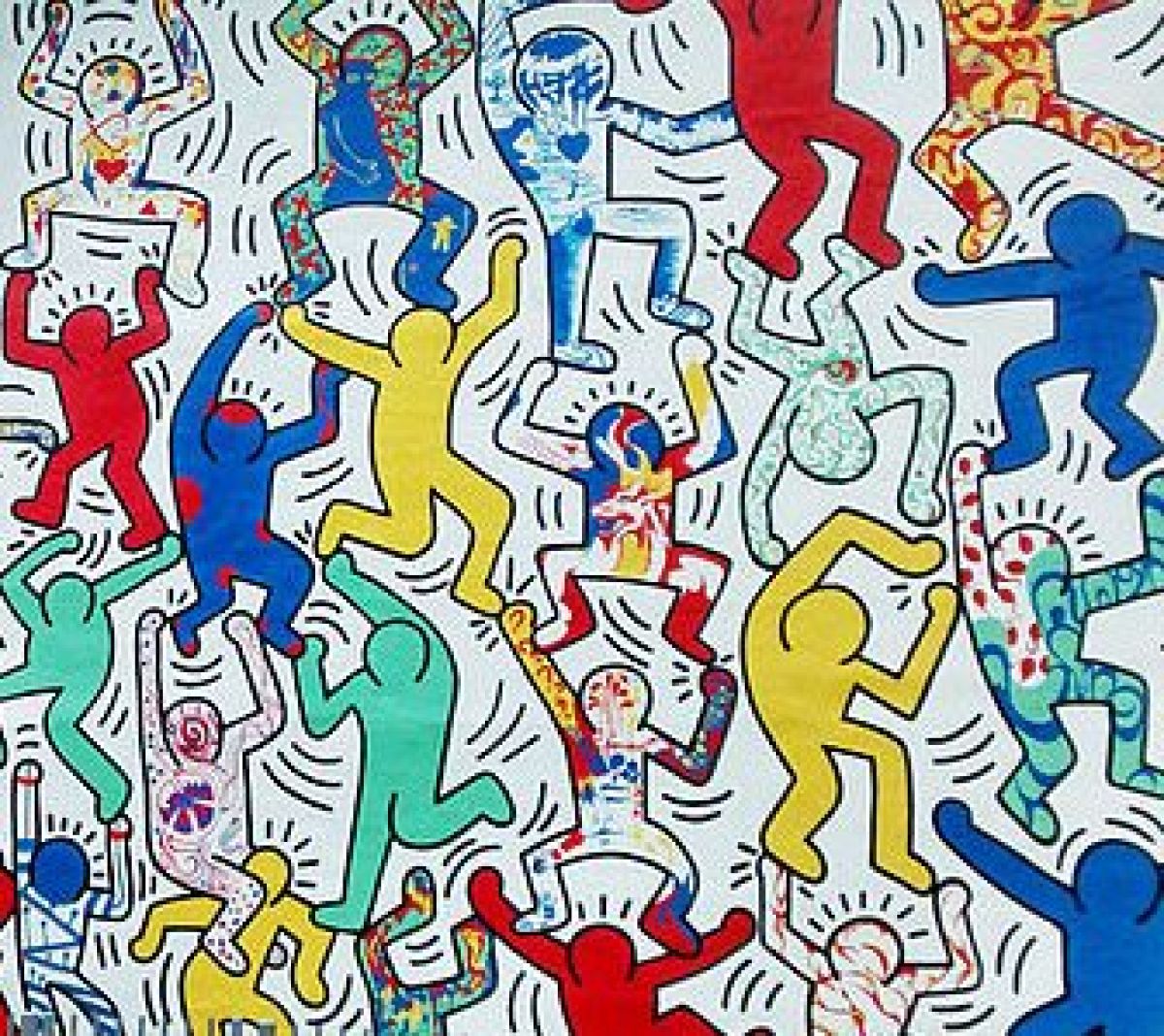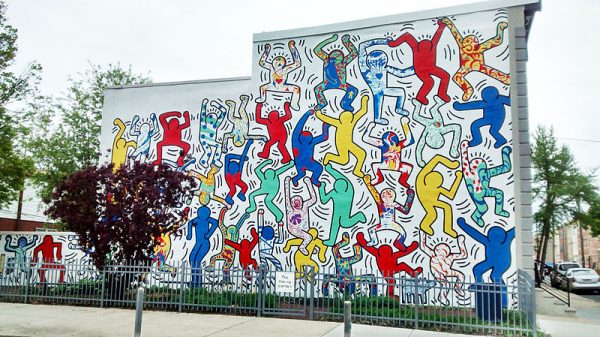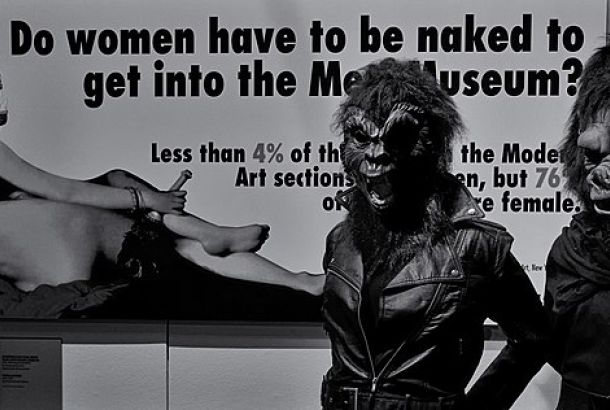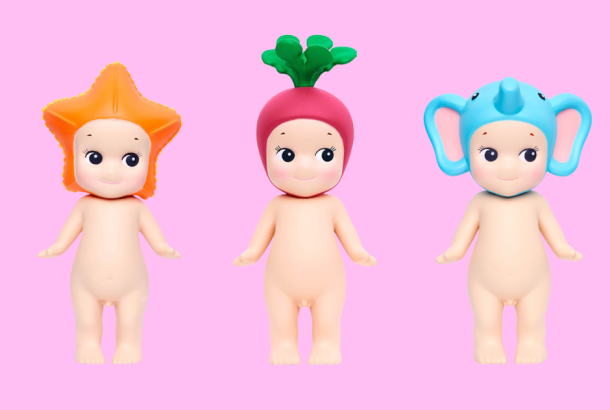Celebrating Keith Haring: Why his work is still important

As simple as they are joyful, Keith Haring’s artworks are instantly recognisable. For the first time, a major exhibition of his work is being displayed in the UK. Excitingly, the exhibition is being shown in the North West at the Liverpool Tate.
It’s a perfect time to be displaying Haring’s work with increasingly explicitly intolerant rhetoric is currently being produced on both sides of the pond.
Haring was a gay man in Ronald Reagan’s America. His art explicitly and boldly sought awareness for AIDS in an era of fear and ignorance. His messages were accessible in both meaning and medium as street art. For Haring, everybody should have the right to both access and understand art.

As a white cisgender man, Haring also used his privilege to empower other oppressed groups. Knowing that silence is political, Haring used his voice to represent people of colour.
Street art is a form of community art, and thus reflects issues of the community. Beyond the issues immediate to him, Haring also used his art to highlight Apartheid in South Africa. The paintings themselves were not the only important part of Haring’s work, but also the messages and ideas that people took away with them.
It is, however, easy to get rapped up in Haring as a political artist, and forget the explicit joy that comes from engaging with his work. Haring also represents a youth and nightlife culture present in 1980s New York. There is a duality to his work; protest and play. These aren’t elements aren’t mutually exclusive, but instead exist with one another.

It’s devastating that we are still fighting many of the issues that Haring was, almost 30 years after his death. But Haring’s art has created a language of accessibility and optimism within queer and protest art.
Keith Haring will be exhibiting at the Tate in Liverpool until 10th November, with a University of Manchester Art History Society trip to the exhibition occurring on the 6th November. The book launch for Dave Haslam’s We the Youth: Keith Haring’s New York Nightlife is scheduled for Thursday 17th October between 18:30-21:00 at the Whitworth.







